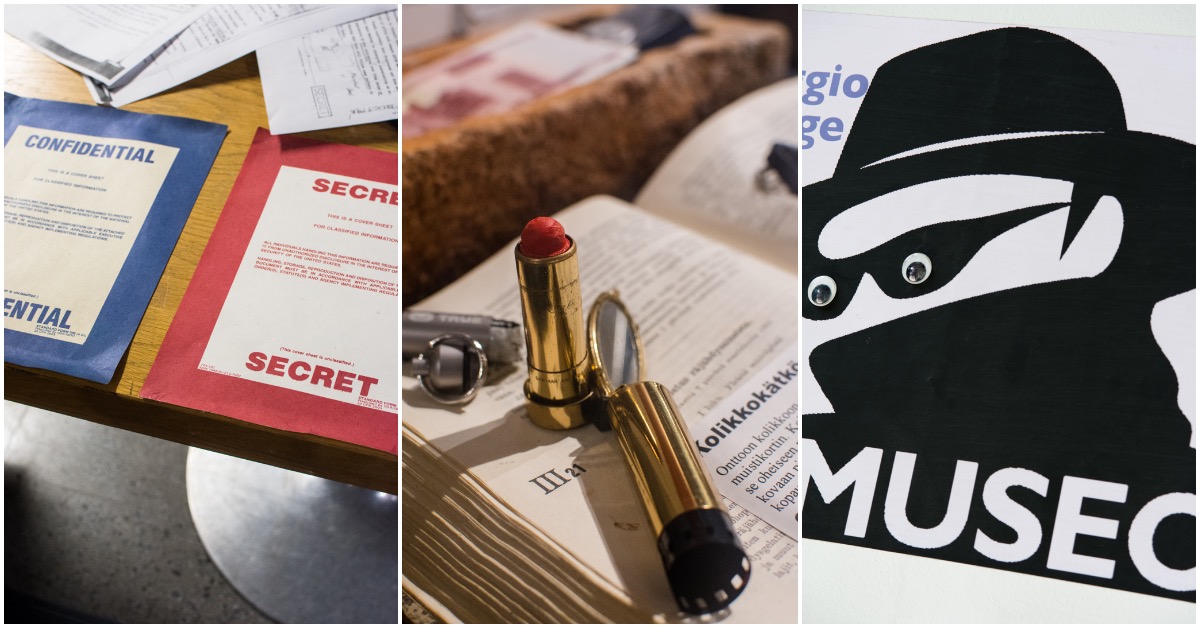providencemarianwood.org – The world of espionage has always been shrouded in mystery and intrigue, with spies relying on a variety of gadgets and technologies to carry out their missions. From ancient times to the modern era, the evolution of spy gadgets has been a fascinating journey, driven by the need for innovation and the desire to outsmart adversaries. This article explores the history of spy gadgets and technology, highlighting key developments and their impact on the field of espionage.
Ancient Origins
The history of spy gadgets dates back to ancient civilizations. The Spartans and ancient Greeks, for instance, used their own forms of espionage devices. One notable example is the scytale, a device used for sending secret messages. The message was written on a strip of parchment wrapped around a rod, and when unwrapped, the text appeared to be random letters. Only when wrapped around a rod of the same diameter could the message be read.
World War I and II
The early 20th century saw significant advancements in spy technology. During World War I, spies used invisible ink and microdots to send secret messages. World War II brought even more sophisticated gadgets, such as the “Operation Mincemeat,” where a dead body was used to deliver false intelligence to the enemy. The war also saw the development of the first electronic listening devices and the use of miniature cameras hidden in everyday objects like pens and buttons.
The Cold War Era
The Cold War period was a golden age for spy gadgets. The CIA and KGB were at the forefront of developing new technologies. One of the most famous gadgets from this era is the “Lipstick Gun,” a compact weapon disguised as a tube of lipstick. Other notable gadgets included the “Briefcase Camera,” which could take photos through a false bottom, and the “Poison-Tipped Umbrella,” used in the assassination of Bulgarian dissident Georgi Markov.
Modern Era
In the late 20th and early 21st centuries, the advent of digital technology revolutionized spy gadgets. Miniaturization became a key focus, with cameras and listening devices shrinking to fit inside everyday objects like watches and pens. The use of satellite technology for surveillance and communication also became prevalent, allowing for real-time tracking and data transmission.
Recent Developments
Today, spy gadgets continue to evolve with advancements in technology. The CIA has been at the forefront of developing new technologies, such as lithium-ion batteries used in laptops, smartphones, and drones. Modern spy gadgets now include advanced surveillance drones, biometric devices, and sophisticated hacking tools. The integration of artificial intelligence and machine learning is also transforming the field, enabling more efficient data analysis and predictive capabilities.
Conclusion
The history of spy gadgets and technology is a testament to human ingenuity and the relentless pursuit of innovation in the field of espionage. From ancient devices to modern high-tech tools, each era has seen significant advancements that have shaped the way spies operate. As technology continues to evolve, the future of spy gadgets promises to be even more sophisticated and effective.
